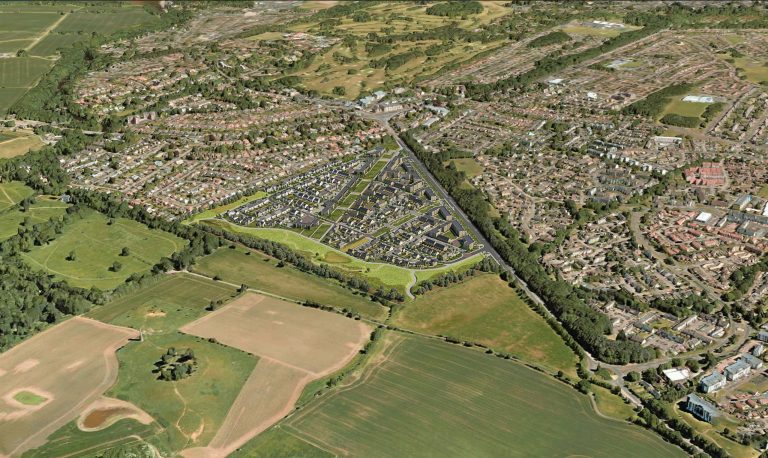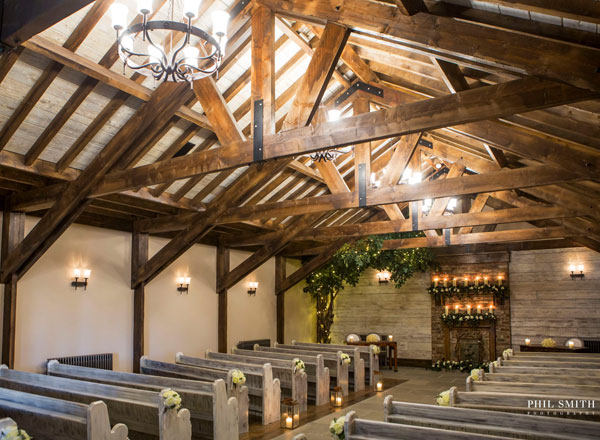No one wants to come home to find water damage to their basement. There are easy steps to take which can lower your risk and prevent this experience in your home. Companies like Helitech outline the basic ways to keep your basement safe from water damage. If you use professionals to install these basic safeguards, your basement will likely remain livable and water-free. Ways to Prevent Water Damage Basement Waterproofing Crawlspace Waterproofing Exterior Waterproofing It is important to address not just one, but all three of these components of a waterproof foundation. Once you begin to have a problem with water damage, it tends to quickly become worse. Waterproofing a basement or foundation can be a lot of work. It requires skill, and it is necessary that it be done correctly. This is an area in which you might want to consider hiring professionals rather than doing the project yourself. It’s not an easy job so leaving it to foundation repair Canyon Lake would be your best option. There are several sites online which will provide you with DIY procedures if you want to take on this task. However, by using a company like Helitech, you can ensure that you are having the best-patented components on the market installed to protect your foundation. You also will have the satisfaction of knowing that your project has been done right and that your basement is truly protected from water damage. Dangerous of Insufficient Waterproofing Of course, sitting water and constant dampness cause structural damage over time, but there are also other dangers that come along with not having your foundation effectively waterproofed. High humidity can foster the growth of mold and other undesirable bacteria, and this can attract bugs and various pests into the basement and home. Proper sealing can keep you from having to deal with these pests. Water that sits too long can become a breeding ground for mosquitoes within your home. These more aggressive pests can also spread diseases to your family and make life uncomfortable within your home. Any type of larvae growing within puddles in your basement can become a risk for your family. If you have sitting water, it is advisable to go ahead and mop it up and dry out the area with a fan. We will explore some of these best practices for maintaining a waterproof foundation in the paragraphs below. They are easy steps, which can save you a lot of money and protect both your family and your home in the long-run. You want to make sure your family is safe from risks that could cause them to be sick. Mold is often associated with sickness and household pests can carry diseases that can be communicated to your family members. These pests won’t stay in your basement for long either. If you begin to have a problem in your basement, chances are it will spread throughout the rest of your house. Basement Waterproofing The basement moisture barrier is the first line of defense in protecting a home’s basement from water damage. This barrier is made of panels and connectors which match. It can give your basement a more refined look and homey feel, while also protecting it from water damage. This structure removes water 70% faster than other drainage systems, and it is more aesthetic to look at. These panels will go right along with the walls and décor you may already have in place in your basement. While they are serving the purpose of quickly ridding the area of water in the case of flooding, they are also adding value and beauty to your home. You do not have to use a gaudy contraption to keep your basement safe and dry. Crawlspace Waterproofing For Crawlspace protection, a moisture barrier should be laid down underneath each of your home’s crawlspaces. This barrier keeps small amounts of moisture from entering your structural wood and causing slow damage, which can become detrimental over time. There are several problems that can be associated with damp crawlspaces, and you want to ensure your home is protected from these. Naturally, after rains, water seeps through the ground and the area under your crawlspace can become wet. Humidity will force this dampness up into your floorboards and your basement. This creates problems that often spread quickly. Once one area is affected, typically the rot and damage will spread to other areas of your basement and home. First, the slow rot of the wood can spread and compromise the structure of your home. Secondly, dampness promotes the growth of mold and harmful bacteria and provides a breeding ground for traditional household pests. Taking small and easy steps, like having the moisture barrier installed, can keep you from having to deal with these problems under and within your home. Professionals will lay down the moisture barrier between the ground and the structure of your crawlspaces to keep dampness from spreading and infiltrating the structure of your home. This is a simple, yet effective practice that can save you a lot of money, time, and frustration down the road. Along with the moisture barrier, sump pumps should be installed in your crawl spaces to help pump out excess water. This will minimize your drying time and keep you from having to repair water damage later down the road. Sump pumps are fairly small and inexpensive. Exterior Waterproofing Exterior basement waterproofing is just as important as protecting your basement from within. This seals the water out of your basement, and over time can prevent the costs of replacing boards and restoring your basement after water damage. This is essentially the first line of defense against water entering your basement and causing damage to your home. In exterior basement waterproofing, a sealant is applied to the outside structure of your basement, keeping water from reaching the inside of the basement in the first place. Professionals are able to apply this sealant to places that would not necessarily be easy to reach if you took











